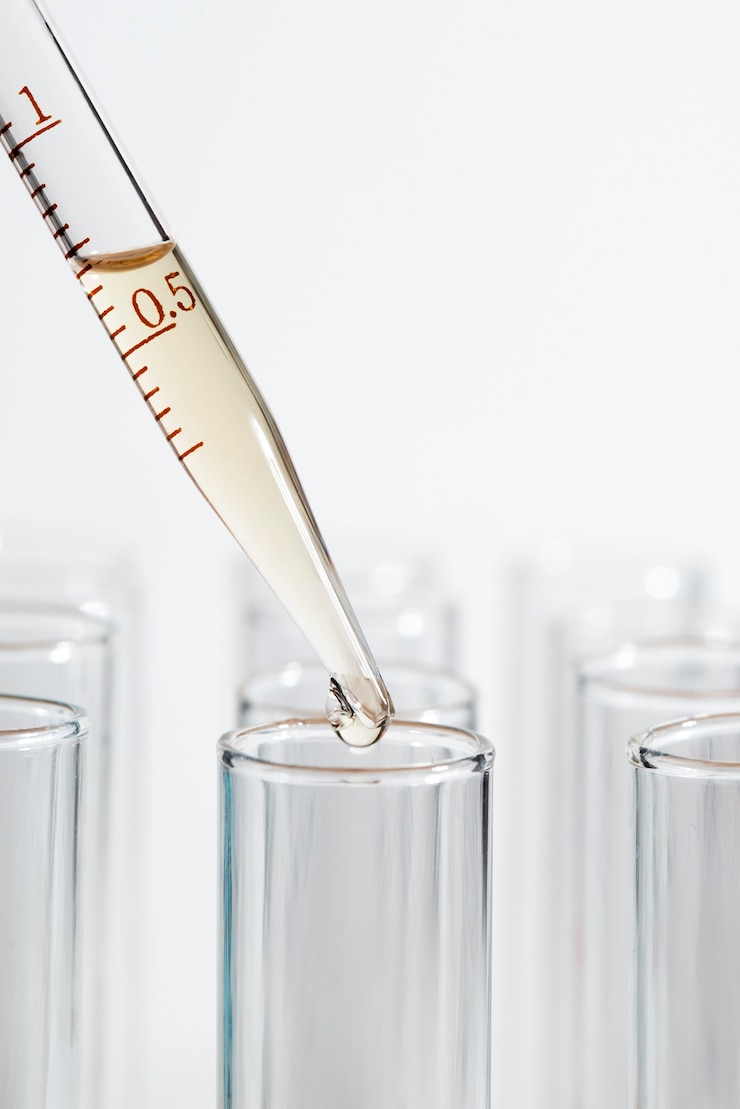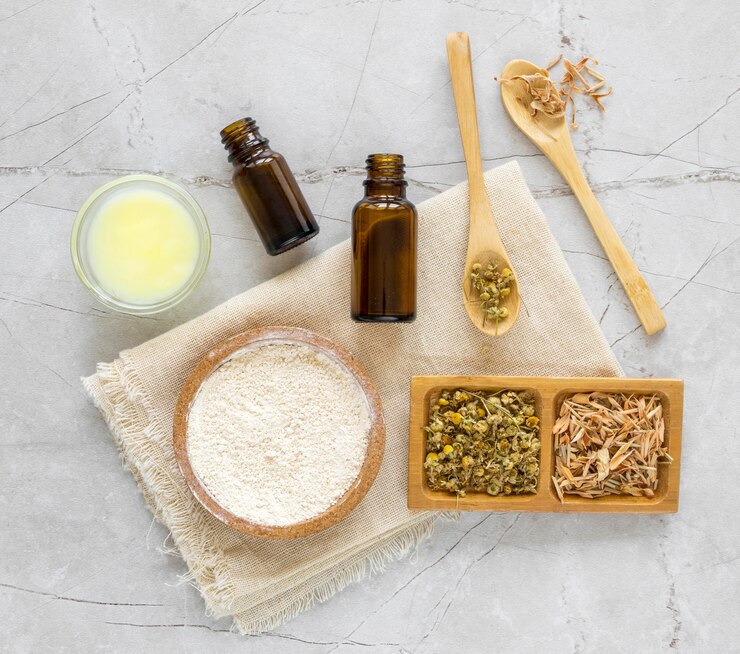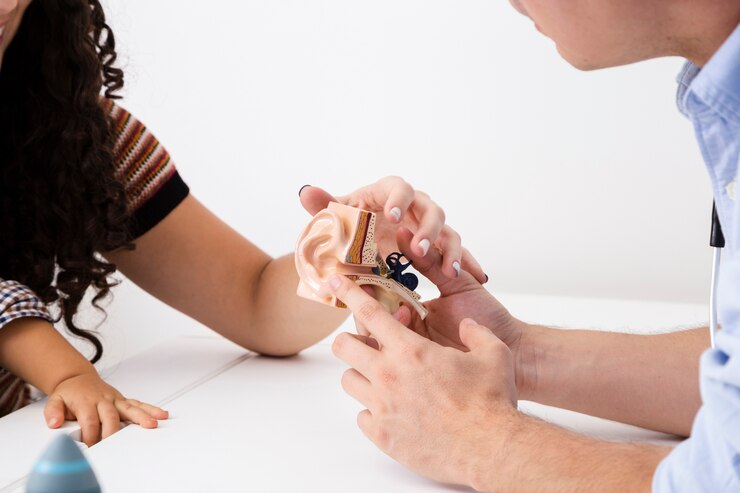
We’ve received great feedback on our educational series about beauty product ingredients that might not be friendly to your skin, so we’re continuing with a focus on propylene glycol—a common additive.
In previous posts, we’ve delved into synthetic fragrances, petroleum-based ingredients, and formaldehyde-releasing preservatives. This week, we’re taking a closer look at propylene glycol. We’re not here to alarm you, but rather to empower you to make informed choices about the beauty products you use from head to toe.
Propylene glycol (PG) is a common component in beauty products, mainly used to moisturize hair and skin. However, as we’ll discuss below, it might not be ideal for those with sensitive skin or allergies. It’s crucial to note (and this bears repeating!) that the American Journal of Public Health highlights how skin can absorb between 64% and 100% of the chemicals in beauty products. The absorption rate can depend on the condition of your skin, the size of the molecule, or if your skin barrier is compromised due to issues like acne, eczema, and rosacea.
In this post, I’ll cover everything you need to know about propylene glycol—what it is, how it’s used, potential health risks, and planet-friendly alternatives to help you refine your beauty routine.
### What Is Propylene Glycol?
Propylene glycol (PG) is a synthetic substance derived from petroleum ingredients. It’s a colorless, odorless liquid that dissolves in water and belongs to the same chemical group as alcohol. This thicker-than-water liquid helps control the texture of beauty and cosmetic products. It’s primarily used as a humectant, meaning it draws water to the skin and aids other ingredients in penetrating the skin, although that’s not always desirable depending on the product’s contents.
Besides cosmetics, propylene glycol is widely recognized as safe for human consumption but can’t be used in organic products due to its synthetic nature. There are important factors to consider regarding its use in beauty products.
### How Is It Used in Beauty Products?
Propylene glycol is commonly found in products aimed at moisturizing, like skincare and hair care items, thanks to its humectant and emollient (moisturizing) qualities. Its affordability and availability make it attractive for brands focusing on cost-effectiveness.
You’re likely to encounter PG in body lotions, shampoos, conditioners, face masks, serums, and cosmetics. If you’re using standard beauty products, there’s a chance that they contain propylene glycol.
### Why Is Propylene Glycol Harmful?
Some claim that PG isn’t irritating since it’s not applied in its pure form. However, brands often overlook that we use multiple products daily, which can lead to increased chemical exposure. The Environmental Working Group (EWG) reports that women typically use 12 personal care products a day—exposing them to about 168 chemicals—while men use around 6 products, exposing them to about 85 chemicals. Although some chemicals are tested individually, their combined effects, especially with daily use, are rarely examined.
Due to its widespread use in various products, prolonged exposure to propylene glycol can lead to irritation. Even at just 2% concentrations, PG can cause:
– Contact dermatitis
– Irritation, like rashes, hives, and welts
It’s recommended to avoid products containing this ingredient if you have a history of skin irritation or conditions. Many people deal with such skin issues, so it’s wise to choose products without propylene glycol to maintain healthy, radiant skin.
Instead of relying on synthetic chemicals for skin hydration, consider ingredients like hyaluronic acid or organic cold-pressed rosehip oil, found in products like our Hella Hydrating Serum, or mango butter and cacao butter, featured in our popular Body Butter, which offer natural nourishment and hydration.
### What to Look For on Labels
By learning to identify ingredient names on labels, you can make choices suited to your skin’s unique needs. Propylene glycol may appear under different names in beauty and cosmetic products, so stay informed.
### What to Use Instead?
For a clean beauty routine, opt for safe and effective natural alternatives from your preferred brands. One promising alternative is propanediol, derived from corn sugar and EcoCert-approved, offering similar benefits without the risk of skin irritation.
Plant-based humectants like glycerin can replace propylene glycol, as seen in our Fresh Face Cleanser, ensuring it’s gentle and suitable for all skin types.
Though propylene glycol isn’t the worst ingredient out there, it can still affect sensitive skin. Choose products crafted with natural, gentle alternatives!
### Non-Toxic Skin-Nourishing Alternatives
To support your skin barrier, maintain pH balance, and hydrate naturally, avoid products with potential irritants like propylene glycol. Below are some of my favorite natural products that soothe and protect even the most sensitive skin.
With your newfound knowledge of synthetic ingredients in conventional beauty products, I hope you feel inspired to tailor your beauty routine to suit your skin.
The first step in transforming your routine is understanding these ingredients, their purposes, and how to identify them. To start, explore Shop Joyous Health’s range of all-natural, plant-powered skincare, hair care, and body care products!


